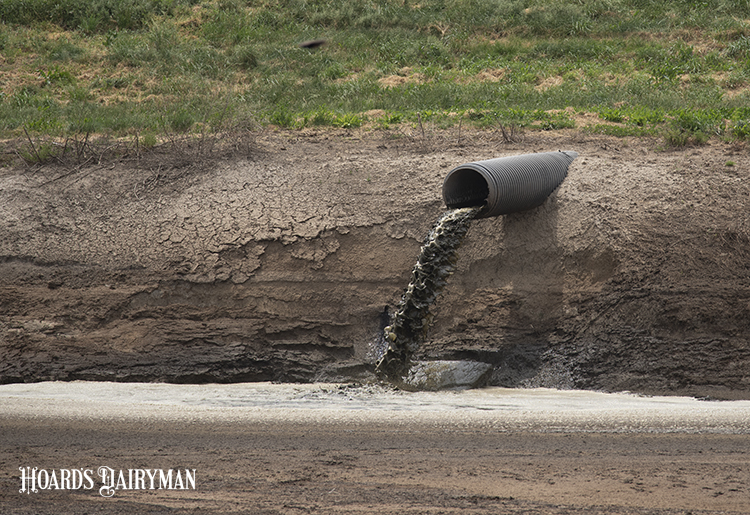
One of manure’s greatest challenges is its sheer volume; one dairy cow alone can produce 14 gallons or more of manure and urine each day. On most of today’s dairy facilities, that manure must be collected and stored before it can be land applied.
Newer technology is finding its way to the dairy industry, opening doors for condensing the nutrient package that manure provides. Some processes, such as anaerobic digestion and solid separation, are already being implemented. Other opportunities are still in an exploratory stage but show promise. During the October Hoard’s Dairyman webinar, University of Wisconsin-Madison’s Rebecca Larson talked about some of the technology coming down the manure pipeline.
As the name suggests, pelleting compacts and balls manure solids into a pellet. This process densifies the nutrient package, making manure much easier to transport greater distances. It also reduces odors and allows nutrients to be land applied more precisely.
This would be a useful option for farms that are restricted in how much land they have for application, but Larson said a major drawback of this process currently is the cost. She said at the current price point, it would only be feasible on extremely large farms, with 15,000 cows or more.
Another opportunity is pyrolysis, which turns manure into biochar. This process also condenses manure for improved nutrient transport, and Larson shared estimates that it can reduce manure volume by 42% to 82%. She noted that not many systems have been installed at livestock facilities yet, so it is difficult to evaluate the capital and operating costs, but Larson is seeing a lot of movement in this area.
A third technology highlighted was struvite recovery. Larson said she initially thought this process would be difficult to implement on farms, but after viewing a system in Washington utilizing manure, she sees more potential. The recovery process captures and concentrates the manure into struvite; again, a major benefit of this is easier transportation. The system recovers, on average, about 30% of the total phosphorus from manure. Larson said about 2.6 pounds of struvite are removed from every 10,000 gallons of manure.
A struvite recovery system comes as a high capital cost, and Larson shared estimated operating costs between $80 and $140 per cow per year. Still, if a farm has a high volume of manure or a limited land base, the technology may be a worthy investment.
Larson acknowledged that many of the manure technologies being explored today are only viable on large dairy farms. However, she expects that they will slowly but surely become more scalable for farms of various herd sizes.
To learn more, watch the October Hoard’s Dairyman webinar, “Will manure processing technology work on my farm?” This webinar was sponsored by McLanahan.








